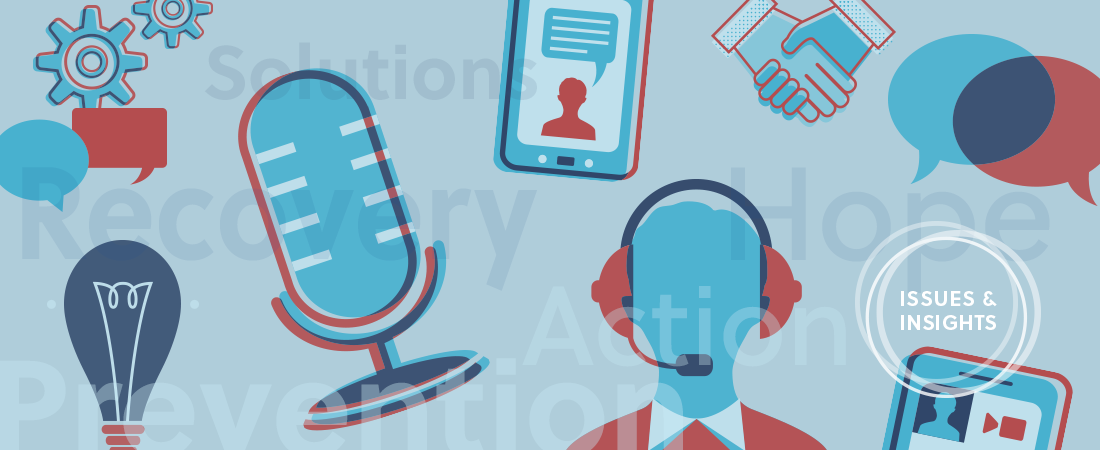Suicide Prevention—Getting from Awareness to Action

Call the National Suicide Prevention Lifeline at 1-800-273-TALK (1-800-273-8255) or visit www.suicidepreventionlifeline.org.
Suicide is the 10th leading cause of death in the United States, and we should talk about it just as we would any other public health issue, says EDC’s Elly Stout.
“It is imperative that we frame suicide as a problem that people can do something about,” she says. “We have to promote hope and recovery if we want to reduce suicides.”
Stout is the new director of EDC’s Suicide Prevention Resource Center, the only federally funded resource center dedicated to advancing the National Strategy for Suicide Prevention. Here, she discusses the importance of effective messaging and a positive narrative, and offers some guidelines for how advocates can promote prevention and action when talking about suicide.
Q: Why do we need to be careful about how we talk about suicide?
Stout: We need to be aware that we are all contributing to the national narrative about suicide and that our words matter. How we talk about suicide can contribute to the public’s perceptions about suicide prevention. In our public messaging, whether it’s communication campaigns or talking to the news media, we can emphasize that prevention is possible and highlight stories of people who’ve made it through a suicidal crisis and recovered.
Q: What are these best practices?
Stout: First, focus your message. What are your goals, and what audience are you trying to reach? What prevention actions do you want your audience to take after hearing your message? Then consider safety. Certain ways of talking about suicide can increase risk among vulnerable individuals, and prevention professionals should ensure their messages follow safety guidelines.
Finally, think about whether you are contributing to a positive narrative about suicide prevention. One way to do this is to focus on specific actions that your audience can take to support people in crisis. We can also share true stories of help, hope, and recovery. These kinds of messages can help others to see how prevention is possible.
Q: What is the best way to talk about suicide?
Stout: In many communities, people are already aware of the scope of the problem. The larger challenge may be to inform them about how they can help. The tragic reality is that over 40,000 lives were lost to suicide in 2015, and this is a serious public health concern.
But there’s information we can we share that emphasizes prevention and recovery. How many people called a suicide prevention helpline last year? How many health systems are working to change their practices for providing suicide care? Finding ways to show prevention is possible is critical to empowering people to take action.
We also need tell real, individual stories of prevention and hope. For decades, survivors of suicide loss have been critical to advocating for effective suicide prevention. In recent years, individuals who have experienced suicidal thoughts or attempts have also begun to share their stories. Prevention professionals can weave these stories into their messaging to build a national narrative that tells the public suicide is preventable.
Q: What are some resources for safe and effective messaging?
Stout: The Framework for Successful Messaging from the National Action Alliance for Suicide Prevention is the go-to resource on this topic. It provides detailed guidance for public messaging about suicide and offers a broad range of tools, information, and examples. One example of applying these principles is the National Suicide Prevention Lifeline’s Bethe1To campaign and its collection of stories of hope and recovery. Idaho also has a new series of public service announcements that models credible steps people can take if they believe someone is in crisis.
These are just a few ways in which the field is creating messages that encourage audiences to take action for suicide prevention. They do more than just frame the issue—they give people information about how to help. Awareness may be a precursor to change, but as a field, it’s time to take the next step and help the public move from awareness to action.
